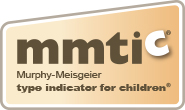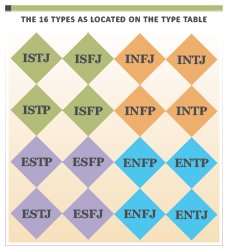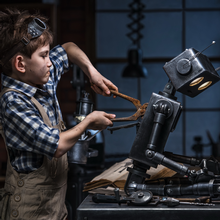Feeling and Feedback: Type Tip #14
Young children with a Feeling preference may interpret a lack of feedback as being undervalued or disliked. It is not an issue of ego or self-esteem. Since the Feeling preference is typically about doing something for someone, they need assurance that what they did met the need. Parents with a Thinking preference may underestimate the importance of feedback to a child who prefers Feeling.



_thumb.png)














